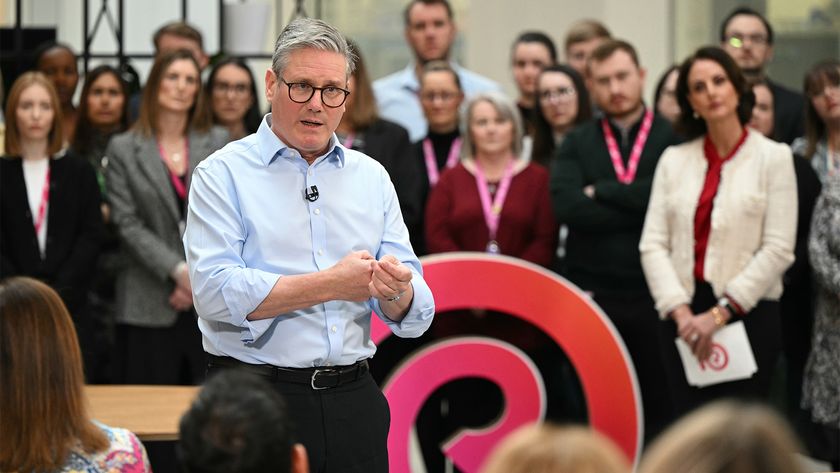Man on the Moon: Technology then and now
On the 40th anniversary of the first moon landings, we take a look at how space technology has developed and what it might mean for the UK.
Of course, as with pretty much everything Bush did, President Obama has called for a review of the plan, with the result due in a matter of months. According to Norris, he expects Obama to either postpone or possibly cancel the plans simply because it will cost too much money, especially in the light of the current economic upheaval.
Constellation tech
Assuming Constellation is not cancelled, a look at the technology used to take man back to the moon gives an indicator how much technology has moved on or not. The rocket will be the Ares 1 and will be a larger more powerful rocket than the Saturn V that blasted the Apollo astronauts to the moon with the main difference being the use of reusable solid fuel booster rockets similar to those used by the current Shuttle.
Ares will also have a escape system that should enable astronauts to survive a launch disaster, a feature that as notably absent from the Shuttle, giving the ill-fated Challenger crew no chance of survival in 1986.
Atop the rocket will be the manned lunar module, called Altair, which is again a very similar concept to that of the Apollo missions, save for being larger and capable of carrying four people to the surface of the moon, rather than just two.
Tried and tested
In fact, in a similar fashion to corporate enterprise practices, space travel usually prefers tried and tested to the very latest technology.
Get the ITPro. daily newsletter
Sign up today and you will receive a free copy of our Focus Report 2025 - the leading guidance on AI, cybersecurity and other IT challenges as per 700+ senior executives
"When you're sending stuff into space and it's meant to be there for 15 years you want the thing to work," says analyst Rob Bamforth, who worked deploying satellites for British Aerospace in the early 80s. "You can't rely on technology that's too new, so unless you can afford to just replace it, it has to be reliable."
The Russians in particular, were very well known for using older, but much more familiar technology than the Americans, if only for financial constraints. "It was sort of tractor tech... agricultural", said Bamforth, "but it worked."
Even today, the computers running things on the current state-of-the-art space technology, the International Space Station (ISS), are relatively primitive compared to the gear you'll find in your local PC World. Gregory Chamitoff, a current real-life astronaut, told IT PRO that the computers on the ISS are powered mainly by Intel 386 processors, last fashionable on Earth in about 1985.
Benny Har-Even is a twenty-year stalwart of technology journalism who is passionate about all areas of the industry, but telecoms and mobile and home entertainment are among his chief interests. He has written for many of the leading tech publications in the UK, such as PC Pro and Wired, and previously held the position of technology editor at ITPro before regularly contributing as a freelancer.
Known affectionately as a ‘geek’ to his friends, his passion has seen him land opportunities to speak about technology on BBC television broadcasts, as well as a number of speaking engagements at industry events.
















